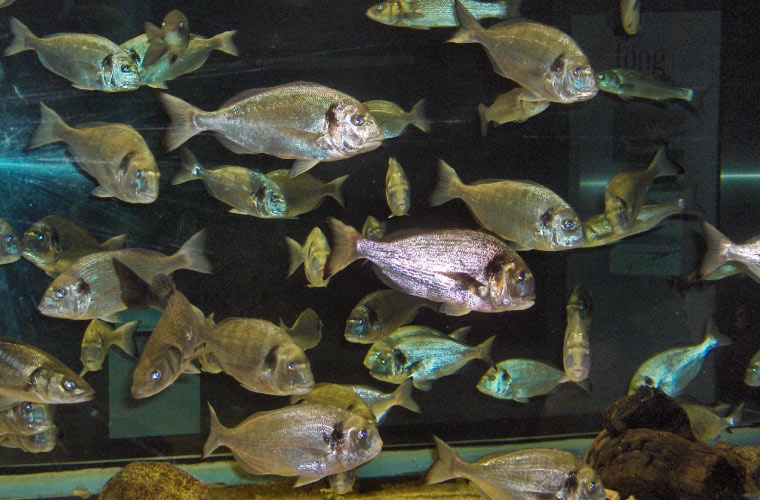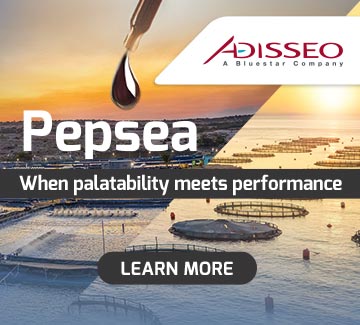
Researchers from the University of Milan, Italy – led by Dr Lucia Aidos and Prof Alessia Di Giancamillo, with support from Dr Katia Parati of the Spallanzani Institute and Prof Javier Alarcón of the University of Almería, project coordinators for Italy and Spain respectively – have demonstrated that incorporating alternative protein sources into gilthead seabream (Sparus aurata) broodstock diets can enhance reproductive outcomes and larval survival without compromising offspring development.
The team evaluated the effect of replacing conventional plant-based proteins—such as soybean concentrate—with a blend of sustainable ingredients. The novel formulation included insect meal from Hermetia illucens (40%), the microalga Nannochloropsis gaditana (45%), duckweed (Lemna minor, 10%), and the seaweed Alaria esculenta (5%).
Adult gilthead seabream broodstock, with an average initial weight of 1.5 ± 0.2 kg and aged between 4 and 5 years, were reared over a seven-month period in a recirculating aquaculture system at the Italian Experimental Institute “Lazzaro Spallanzani” in Rivolta d’Adda.
The fish were fed either a control diet or experimental diets containing the alternative protein blend at 5% (low inclusion) and 10% (high inclusion) levels. Spawning performance, hatching success, and early larval development were monitored in detail.
While fecundity and fertilisation rates remained statistically similar across all groups, broodstock fed the diet with 10% inclusion of the novel protein blend exhibited a significantly higher hatching rate (91% vs 86%) and improved larval survival through to yolk sac absorption when compared to the control group (78% vs 73%).
No significant differences were found in larval length or skeletal development between the dietary groups. Molecular analyses and histometry also confirmed that muscle development was not adversely affected by the inclusion of alternative ingredients, with gene expression indicating a comparable growth potential across treatments.
The study diets were carefully formulated to match the energy (18 MJ/kg), protein (55%) and lipid (18%) content typical of commercial broodstock feeds. The insect and microalgae meals served as primary sources of protein and lipids, offering favourable amino acid profiles and functional compounds such as EPA, DHA, while macroalgae and duckweed were added as valuable sources of bioactive molecules such as fucoxanthin and different carotenoids, which have shown effects as immunonutrients, antioxidants, or modulators of intestinal microbiota in different fish species.
The findings provide new insight into how sustainable feed formulations can maintain reproductive efficiency while reducing reliance on fishmeal and soy-based ingredients—both of which pose environmental and economic challenges.
The researchers noted in the study, published in Aquaculture Nutrition, that “broodstock feeds for gilthead seabream can have an inclusion of novel ingredients without a negative impact on larval performance and growth,” though they emphasised that further research is needed to evaluate the long-term effects on fish health and productivity.
This work, supported by the AquaTech4Feed project under the Blue Bioeconomy ERA-NET Cofund, underscores the potential for hatcheries to adopt more sustainable feed solutions without sacrificing biological performance.
Reference:
Aidos L, Mirra G, Sergio M, Pallaoro M, Di Meo MC, Cialini C, Bazzocchi C, Modina SCB, Proietti L, Foglio L, Alarcón-López FJ, Parati K, Di Giancamillo A. Innovative Protein Ingredients for Feeding Gilthead Seabream (Sparus aurata) Broodstock. Aquac Nutr. 2025 Jun 29;2025:4229257. doi: 10.1155/anu/4229257.


